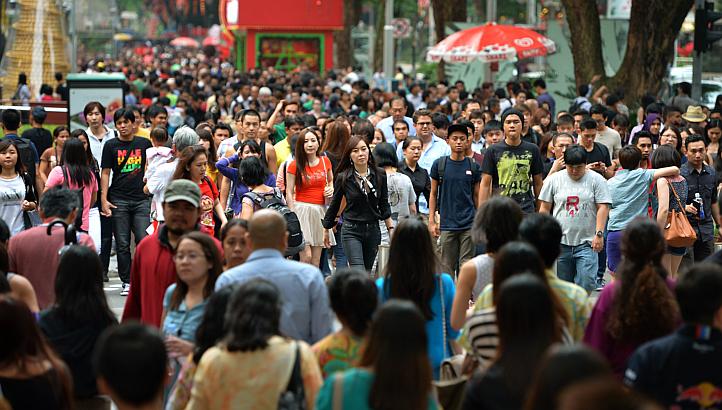Why is it that so many government initiatives to help Singaporeans deal with the rising cost if living, become a “bad joke”?
I refer to my RI classmate, Han Fook Kwang’s article “Who will save hawker food?” (Straits Times, Sep 16).
It states that “One earlier idea which tried to do so was to allow social enterprises, which are not-for-profit, to operate some of the newer hawker centres. There are now seven such centres run by NTUC Foodfare, Fei Siong, Timbre, Koufu and Kopitiam.
Because they are not commercial undertakings, they could presumably charge cheaper rentals resulting in more affordable food.
The hope also was that these operators can try different ways of running the centres and a winning model might emerge.
Alas, the results have not been appetising.
Food critic K.F. Seetoh of Makansutra fame recently wrote about the problems faced by hawkers in these centres.
Some pay as much as $4,000 a month after adding miscellaneous charges for services such as cleaning, coin-changing and going cashless.
In contrast, the monthly rent at government-run hawker centres is based on what hawkers themselves are willing to bid. In the July tender, prices ranged from $8 to $4,000 (excluding a $10,000 bid that was later withdrawn).
In addition, hawkers in these social enterprise centres have to take part in a revenue-sharing scheme and pay a three-month deposit upfront.
At Timbre+, hawkers have to offer a 10 per cent discount to customers using the cashless payment system, eating into their already tight takings.
The three-month deposit, which amounts to more than $10,000, is a double whammy for those already struggling and who might be thinking of quitting to cut their losses.
Why make their plight worse?
The Government now says it is reviewing the way these centres are run, including the rental and operating costs being charged.”
The above is like my friends said – another joke about helping Singaporeans!
In this connection, it was reported in the media just two months ago – “Lastly, it will focus on helping workers cope with the cost of living through NTUC’s social enterprises”.
According to the article “HDB, NTUC ensuring affordable food options” (Sunday Times, Jul 15) – “The Housing Board and the labour movement are taking steps to tackle the rising cost of living by ensuring food choices stay affordable at hawker centres and coffee shops.
Later this year, HDB will look at other factors, including whether an operator has a variety of affordable food options, when evaluating tenders for coffee shops, in addition to the bidding price.
This price-quality method will replace the current system, which has been in place since 2004 and awards tenders to those who put in the highest bids.”
As to “He was speaking on the sidelines of the official opening of Pasir Ris Central Hawker Centre run by NTUC Foodfare, which manages more than 100 food and beverage outfits islandwide” – I visited NTUC Foodfare’s web site to try to find its profits or losses in its annual report, but it said “annual report – coming soon“.
So, how much profits or losses does NTUC Foodfare make?
With regard to “Separately, the National Trades Union Congress (NTUC) is committed to using its social enterprises to set industry price benchmarks to help keep daily necessities affordable, said its secretary-general Ng Chee Meng yesterday” – I looked at the annual report of one of its social enterprises, and found that NTUC FairPrice’s group profits before contributions to the Central Co-operative Fund and the Singapore Labour Foundation, was $379.7 million in 2017.
How much are the combined profits of the nine NTUC social enterprises?
So, if NTUC Foodfare, being a co-operative (non-profit?) makes less profits (assuming that it does since its annual report in “coming soon”) – will food prices be lower? – if NTUC FairPrice makes less profits – will “daily necessities” be lower? – if some or all of the NTUC social enterprises make less profits – will Singapore drop out of being the most expensive city in the world for the fifth consecutive year, according to the Economist?
Leong Sze Hian
